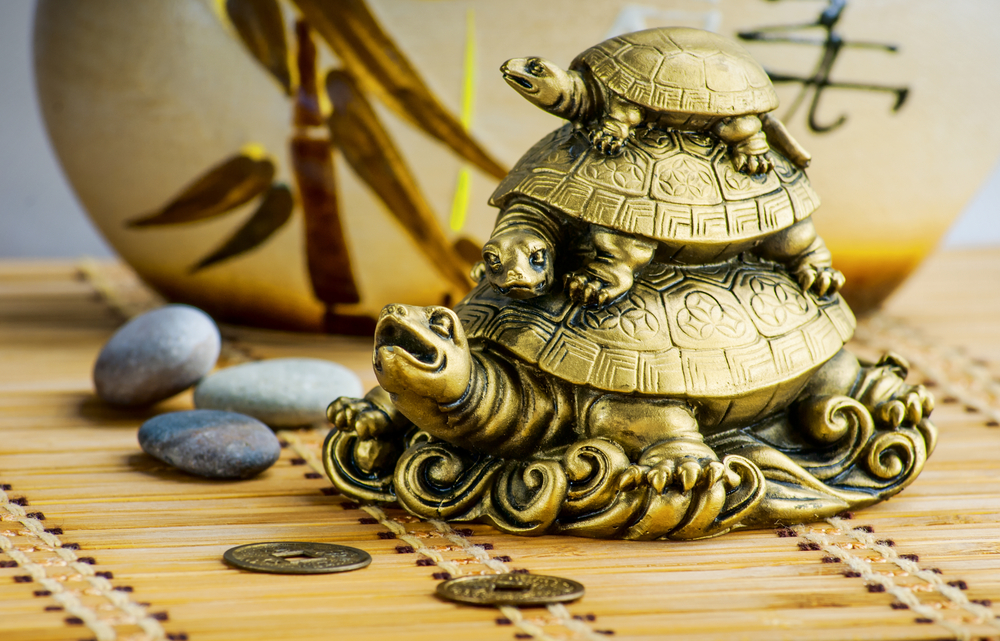
Our homes are more than just buildings. They’re refuges–places for relaxation, safety, comfort, and, for many of us, family. Harmonious living supports all these goals, and some people turn to feng shui to achieve it. Derived from Taoism, this ancient art uses elemental phases to balance energies within living spaces. As one of these phases, metal possesses some key properties.
Feng Shui and the Wuxing
When we think of elements in Western cultures, we typically consider the classical four: earth, air, fire, and water. Those come from ancient Greek cosmology. But feng shui takes its concepts from traditional Chinese philosophy and its elemental phases, collectively known as “Wuxing.” These five phases include fire, water, earth, wood, and metal.
Taoism stresses the importance of living in harmony with existence. Both it and feng shui emphasize the positive flow of qi, a vital energy present in everyone and everything. Feng shui ascribes unique properties to each elemental phase. They interact with each other in both creative and destructive cycles. Metal comes from the earth via geological processes, and it allows water to condense on its surface. In destructive cycles, metal can cut wood. But fire can also melt metal.
Metal’s Distinctive Properties
What role does metal play in feng shui? The five elemental phases each lend unique energies to an indoor space. AstroStyle describes metal’s energy as focused, direct, and contracting. And to bring that energy into any space, you need to include metallic objects, colors, and shapes.
Classical Chinese philosophy assigns certain properties to every elemental phase. These associations are quite logical. Grey, white, metallic, and some pastel colors represent the metal element. Round and circular shapes invoke metal’s energies in a physical space. You can use metal objects or these colors and shapes when applying feng shui to your room or home.
How and Where To Include Metal
Elemental phases have distinctive energies, but so do physical spaces. Another AstroStyle piece explains that feng shui uses the bagua, a map or compass with nine energy centers. You lay the bagua over your floor plan, aligning it with either true north or your front door. Metal is the primary element in two areas of the bagua. Feng shui expert Anjie Cho shows their classical Chinese names: qian and dui.
The northwestern corner, or qian, represents benefactors – or in certain Western traditions, travel, and helpful people. These can include family members, friends, mentors, or people in your support system. Benefactors can also be deities, angels, spirit guides, ancestors, or anyone else you’d consider helpful. The western area, dui, is for children and creativity. Some schools of feng shui call it “completion.” And that makes logical sense–children, literature, artwork, and music are all products of creation.
Naturally, including metal objects in these areas is a wise move. Cho mentions a few examples in a piece for The Spruce. Bells, wind chimes, metal light fixtures, or small metal sculptures are great choices. But you can incorporate metal energies using other items. Colors are also key, so you could bring in white, gray, or metallic objects like vases and pillows. Painting your walls is another helpful option. And don’t forget that shapes are useful in feng shui. Try circular or spherical objects, patterns, and artwork for the best results.
Harmony Through the Elements
As feng shui gains popularity in the West, more people are learning its concepts and practices. Rather than seeing individual people and things, it also considers how they work together as a whole. Elemental phases and energies are vital to creating harmony within one’s interior space. Metal comes in pleasing colors and shapes, so it’s easy to bring it into a room or your home’s interior décor.

